Building Resilient Infrastructure and Communities (BRIC)
What is BRIC?
Building Resilient Infrastructure and Communities (BRIC) will support states, local communities, tribes and territories as they implement hazard mitigation projects and planning initiatives, reducing the risks posed by natural disaster. BRIC is a new FEMA Hazard Mitigation Assistance (HMA) program that replaces the existing Pre-Disaster Mitigation (PDM) program.
The Building Resilient Infrastructure and Communities (BRIC) program aims to categorically shift the federal focus away from reactive disaster spending, emphasizing the importance of research-supported, proactive investments in community resilience. Through BRIC, FEMA continues to invest in a variety of mitigation activities with an added focus on infrastructure projects and Community Lifelines.
Who is Eligible?
- Eligible applicants are States, Tribal Governments, and Territories
- Counties, cities, townships, special district governments, and Indian tribal governments (including federally recognized tribes who choose to apply as subapplicants) are considered subapplicants and must submit subapplications for financial assistance or letters of interest for non-financial Direct Technical Assistance to their state/territory/tribal Applicant
- Individuals, businesses, and private non-profit organizations are not eligible to apply for BRIC funds; however, an eligible applicant or sub-applicant may apply for funding on behalf of individuals, businesses, and private non-profit organizations.
- Sub-applicants are required to have a FEMA-approved and locally adopted hazard mitigation plan in accordance with 44 CFR Part 201 by the application deadline and at the time of obligation of grant funds for mitigation projects and C&CB activities (except for hazard mitigation plan applications).
When is the application cycle?
The application cycle opens when FEMA releases the Notice of Funding Opportunity (NOFO). The Application Period is January 6, 2025 - April 18, 2025. MT DES will not accept applications after March 21, 2025. This allows MT DES time to review/rank all application before the submittal deadline to FEMA.
What is the cost share?
Federal: 75%/Local: 25%
*Federal: 90%/Local:10% = Small and Impoverished Communities
*The definition of a small and impoverished community is a community of 3,000 or fewer individuals identified by the Applicant that is economically disadvantaged, with residents having an average per capita annual income not exceeding 80 percent of the national per capita income, based on best available data.
What is the Period of performance?
36 months after federal award.
How do I develop an application?
To develop and submit an application you must:
- Submit a Notice of Intent (NOI) to MT DES
- Have access to FEMA GO. (Follow the instructions provided in the link provided below or reach out to the Mitigation Team.)
2024 Building Resilient Infrastructure and Communities - Notice of Funding Opportunity

